Creating a beautiful outdoor living space starts with choosing the right furniture materials.
You need to decide carefully, because outdoor furniture is a big investment and you want it to withstand all kinds of weather and remain comfortable for many years.
Steel and aluminum are two common choices. Both materials can last for many years, but there are significant differences in durability, maintenance requirements, and resistance to the elements.
This guide compares steel and aluminum, so you'll have a clear picture of their differences and can make a long-term, satisfying decision that suits your local climate, budget, and lifestyle.
Types of Steel for Outdoor Use
Several types of steel are used to make outdoor furniture, including stainless steel, galvanized steel, and powder-coated steel. Each type of steel has different characteristics that can meet specific needs and uses.
Stainless Steel
Stainless steel is ordinary steel with added chromium and nickel. The chromium and nickel form a protective layer that prevents rust and corrosion, requiring little maintenance.
Stainless steel is particularly useful in coastal areas, where salt and moisture can quickly damage other metals.
The compactness of stainless steel makes it resistant to damage and maintains its strength for many years.
However, it can get very hot in direct sunlight, so it is better used for frames and decorative elements than for seating surfaces.
Stainless steel has a polished, modern look that will suit your needs if you prefer a modern, minimalist style.
Galvanized Steel
Galvanized steel is steel that has been immersed in a zinc bath to form a protective barrier that prevents moisture and oxygen from contacting the metal surface, thereby preventing rust.
If you want the zinc layer to last longer, you can apply a layer of anti-rust primer or ordinary paint.
The thicker the zinc layer, the better the rust protection. Galvanized steel, such as G60 and G90, has a thicker zinc layer and better corrosion resistance.
Galvanized steel is more durable than powder-coated steel. It resists scratches and dents well and retains its protective layer better.

Powder-Coated Steel
Powder-coated steel features a special coating process where dry powder is applied to steel and heated until it forms a protective layer. This coating makes steel more resistant to scratches and daily wear.
You can find powder-coated steel in many colors and textures, making it easy to match your outdoor style preferences. The material is popular in outdoor furniture, from dining sets to loungers, because it combines strength with good looks.
While durable, powder coating needs regular checks. The coating can chip or crack from heavy impacts, leaving the steel underneath open to damage. When you spot any damage, fix it quickly to keep your furniture in good shape.
Types of Aluminum for Outdoor Use
In the field of outdoor furniture, aluminum is an excellent substitute for steel, mainly because it is lightweight and does not rust easily.
There are two types of aluminum commonly used for outdoor furniture: tubular aluminum and cast aluminum.
Tubular Aluminum
Tubular aluminum, also called extruded or hollow aluminum, starts as aluminum is forced through a mold to create hollow frames.
This process creates furniture that's light and easy to move around your patio or deck. You can stack these pieces for simple storage when not in use.
The material naturally fights rust and corrosion, needing minimal care to stay looking new. Manufacturers often add powder coating to protect against UV damage and harsh weather. The design tends to be clean and simple, making it a good fit for modern outdoor spaces.

While tubular aluminum offers many benefits, its hollow structure means it's not as strong as steel or cast aluminum. Heavy weight or pressure might cause denting or bending.
Still, for most home uses, tubular aluminum furniture provides a practical mix of style and function at a reasonable price point.
Cast Aluminum
Cast aluminum is a strong and beautifully designed casting made by pouring molten aluminum into a mold.
It is used in many outdoor furniture pieces that combine strength with traditional style. It comes in a variety of colors and textures to match your outdoor decor.
It weighs between steel and tubular aluminum, so it is strong enough to withstand the wind, yet easier to move than steel furniture.
Cast aluminum is excellent for creating ornate patterns and decorative elements, which are often found on classic patio furniture.
Although aluminum is rust-resistant, you may notice a white powder forming on the surface over time.
This natural oxidation is harmless, but you can remove it with a mild acid cleaner to keep the furniture looking fresh.
Comparing Aluminum and Steel
When choosing outdoor furniture, the decision between steel and aluminum requires careful evaluation of several key factors to determine which material is best suited to individual needs and circumstances.
Durability and Longevity
Steel offers superior strength compared to aluminum, making it more resistant to scratches, dents, and bending.
However, steel can rust over time if you don't maintain it properly, which may weaken its structure.
Aluminum, while not as strong as steel, won't rust and handles coastal or humid environments better.
The lifespan of both materials depends heavily on your local climate and how well you maintain them.
Both steel and aluminum can last many years with proper care. Adding powder coating helps protect both materials, and the coating quality plays a big role in how long your furniture will last.
Maintenance Requirements
Steel furniture demands regular upkeep to prevent rust. Stainless steel needs frequent rinsing and periodic professional cleaning.
For galvanized steel, you must protect the zinc coating and use specific cleaners to handle alkaline build-up. Powder-coated steel calls for gentle cleaning to preserve its surface.
When rust appears on steel furniture, you'll need to clear loose debris, apply rust remover, and often prime and paint the affected spots.
Aluminum furniture is easier to maintain since it resists rust naturally. Regular cleaning with mild soap and water keeps it in good shape.
If you notice a white oxide layer forming, a simple mix of vinegar and water usually removes it.
Remember that any outdoor furniture needs consistent care to last longer and look good.
Your choice between steel and aluminum may depend on how much maintenance you're willing to do.

Weather-Resistance
Steel and aluminum each have unique traits in outdoor conditions. Stainless and galvanized steel resist moisture and rust well, making them good choices for coastal areas. However, steel tends to absorb heat, which can make it too hot to touch in direct sunlight.
Aluminum brings natural protection against rust and corrosion, even in salty coastal air. But its lighter weight means it may move around on windy days. Like steel, aluminum can get quite hot in the sunshine.
For better stability in windy spots, go with heavier steel pieces or cast aluminum options. Both metals can benefit from powder coating, which helps prevent UV fading and adds extra defense against corrosion.
Aesthetic Appeal
Aluminum furniture has a simple, modern design and can be shaped into a variety of forms. Cast aluminum can even mimic ornate wrought iron patterns while maintaining a lighter silhouette.
Steel materials bring a classic, sturdy look to outdoor spaces, perfect for traditional settings. Both metals are easily powder-coated, and you can choose from a wide range of colors and finishes to match your space.
Comfort Considerations
Both steel and aluminum furniture can offer good comfort when designed with ergonomics in mind. While both get warm in direct sunlight, steel holds heat longer than aluminum.
In hot climates, aluminum furniture may feel more comfortable since it cools down faster. However, for the best comfort on either material, you'll want to add cushions.
Cost Comparison
Steel outdoor furniture often carries a higher price tag than its aluminum counterparts. Yet prices for both materials can swing widely based on quality, construction methods, brand name, and design complexity.
When planning your budget, consider the long-term costs. Steel pieces may need regular rust-proofing or eventual replacement. Aluminum furniture typically needs less maintenance and holds up better in most settings, making it cheaper to own over time.
The choice isn't always straightforward, though. While aluminum usually costs less upfront, its long-term value depends on where you live and how you use it.
Smart buyers know that spending more on quality materials and finishes, whether steel or aluminum, leads to longer-lasting furniture and better value over time.
Weight and Portability
Steel weighs significantly more than aluminum - about three times more. This weight difference affects how you use your outdoor furniture.
Aluminum pieces are easy to move around your patio or store away during bad weather.
Steel furniture is harder to move due to its weight, but this heft provides better stability in windy conditions. You won't need to worry about your steel chairs or tables tipping over on breezy days.
Cast aluminum offers a middle ground. It's more stable than hollow aluminum tubing but still lighter than steel.
If you like to change your patio layout often, aluminum is your best bet. But if you live in a windy area, steel's stability might be worth the extra weight.
What's Perfect for Your Outdoor Space?
Choosing between steel outdoor furniture and aluminum outdoor furniture depends on a considered reflection on personal circumstances and priorities. Here are some of the things you need to assess:
Setting a Budget
Your budget shapes your choice between aluminum and steel outdoor furniture. While aluminum often costs less upfront, you need to think about long-term expenses.
Low-quality aluminum might need replacement sooner, and steel requires regular maintenance to prevent rust.
Steel furniture typically needs more money upfront. If you're working with a limited budget, standard aluminum pieces give you more options at a lower price point.

Cast aluminum furniture costs more at first, but it's worth considering. You won't spend much on upkeep, and these pieces can last for many years.
Some cast aluminum sets even gain value over time, making them a smart investment for your outdoor space.
Local Climate
Your local weather shapes which outdoor furniture will last the longest. In sunny spots, look for UV-resistant materials like powder-coated aluminum to prevent fading and damage.
For windy areas, you need heavy pieces that stay put. Steel furniture works well here, and cast aluminum offers a good mix of stability and rust resistance.
Rainy or humid climates call for weatherproof materials. Both stainless steel and aluminum stand up well to moisture, making them smart picks for coastal areas where salt spray can cause corrosion.
In snowy regions, choose non-porous materials like powder-coated aluminum or steel to prevent water damage.
As for comfort in extreme temperatures, stainless steel is your best bet. It doesn't get as hot or cold as other metals, though adding cushions will make any metal furniture more comfortable year-round.
Usage Planning
Consider how you plan to use your outdoor furniture before making a choice. For dining spaces, you need furniture that offers comfort during meals and stays stable on your patio surface.
In leisure areas where you relax and unwind, look for pieces that work well with cushions. The weight of the furniture matters here, too - you want items heavy enough to stay in place during light winds.
If you often change your outdoor layout, lightweight aluminum furniture gives you the flexibility to move pieces around.
But for high-traffic areas or spaces that see daily use, opt for steel or high-quality cast aluminum furniture.
Steel won't bend under pressure, while cast aluminum combines strength with rust resistance.
Willingness to Maintain
If you want minimal upkeep, aluminum or galvanized steel furniture needs little more than occasional cleaning.
Regular steel pieces demand more attention, with routine rust checks and treatments to keep them in good shape.
Think about how much time you can spend on maintenance before making your choice. Your local climate plays a big role too - humid areas need more frequent care than dry regions.
Don't forget to plan for storage during harsh weather. You'll need space to protect your furniture during winter months or severe storms, whether in a garage or under weather-resistant covers.
Final Thoughts
Steel and aluminum outdoor furniture each have distinct advantages. Steel offers superior strength and stability but requires more upkeep and is harder to move.
Aluminum stands out for its natural rust resistance, portability, and often lower price points. With proper care, both materials can serve you well for many years.
For most homeowners, cast aluminum furniture hits the sweet spot. It combines good durability with manageable weight and minimal maintenance needs.
However, if you live in a windy area or prioritize maximum strength, steel might be your better choice.
Those who like to switch up their outdoor layouts often will appreciate aluminum's lighter weight.
To make the best choice for your outdoor space, think about your specific needs. Consider your budget, local weather conditions, how you'll use the furniture, your style preferences, and how much maintenance you're willing to do.
Taking time to weigh these factors will help you select metal furniture that enhances your outdoor living for years to come.
Related Reading:
How to Choose the Best Outdoor Furniture Material?


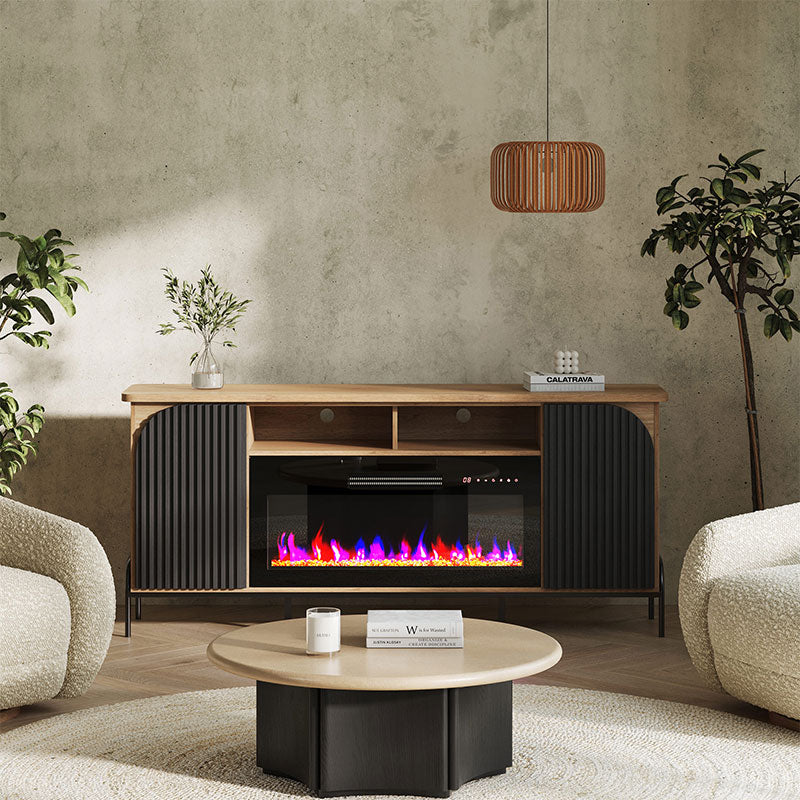
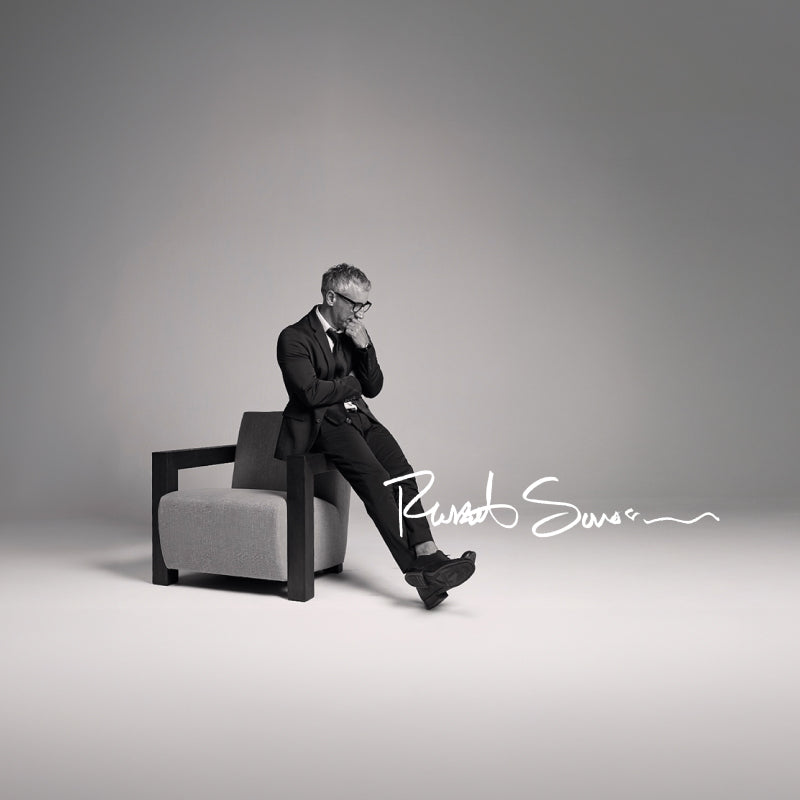
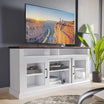
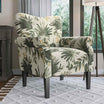
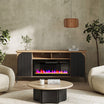

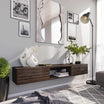
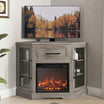

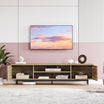
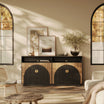
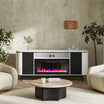
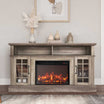
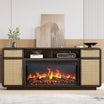
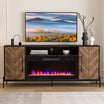
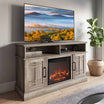
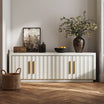
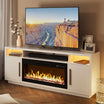
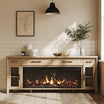
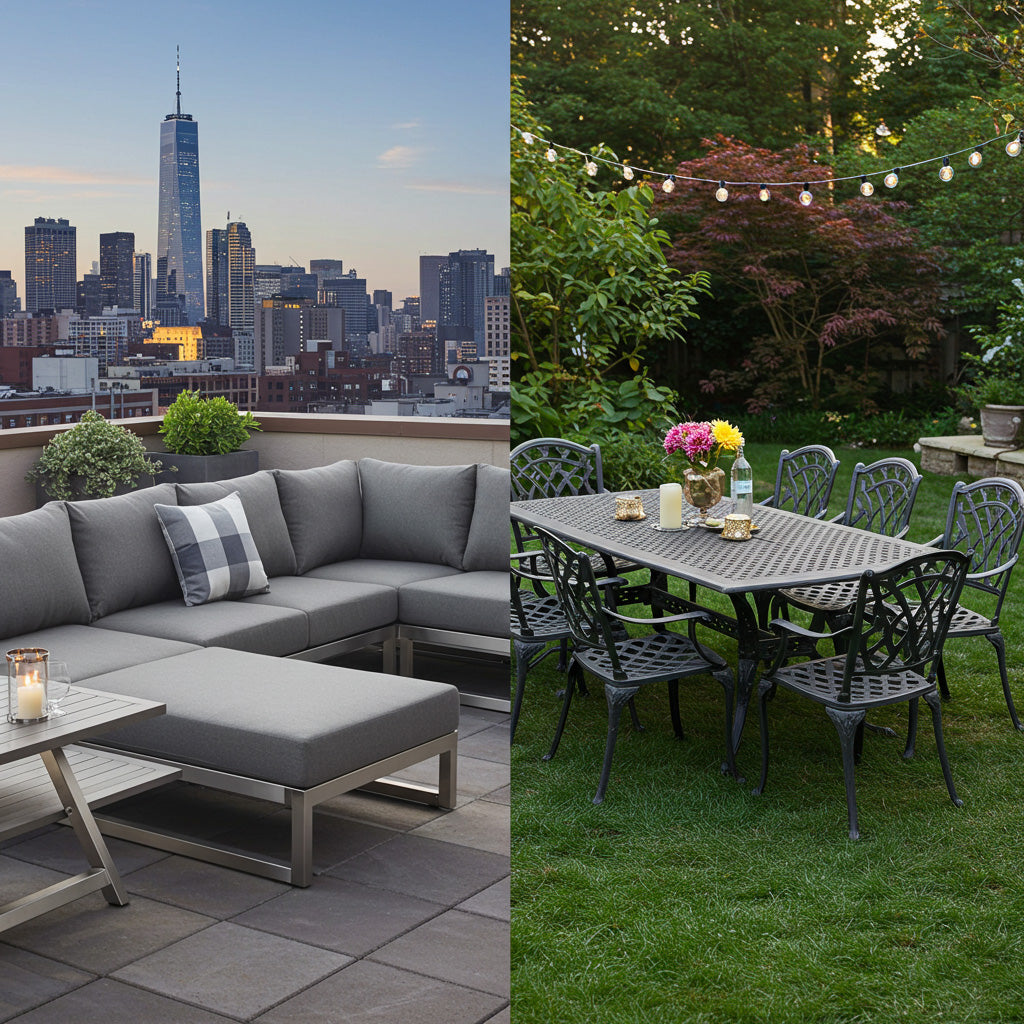
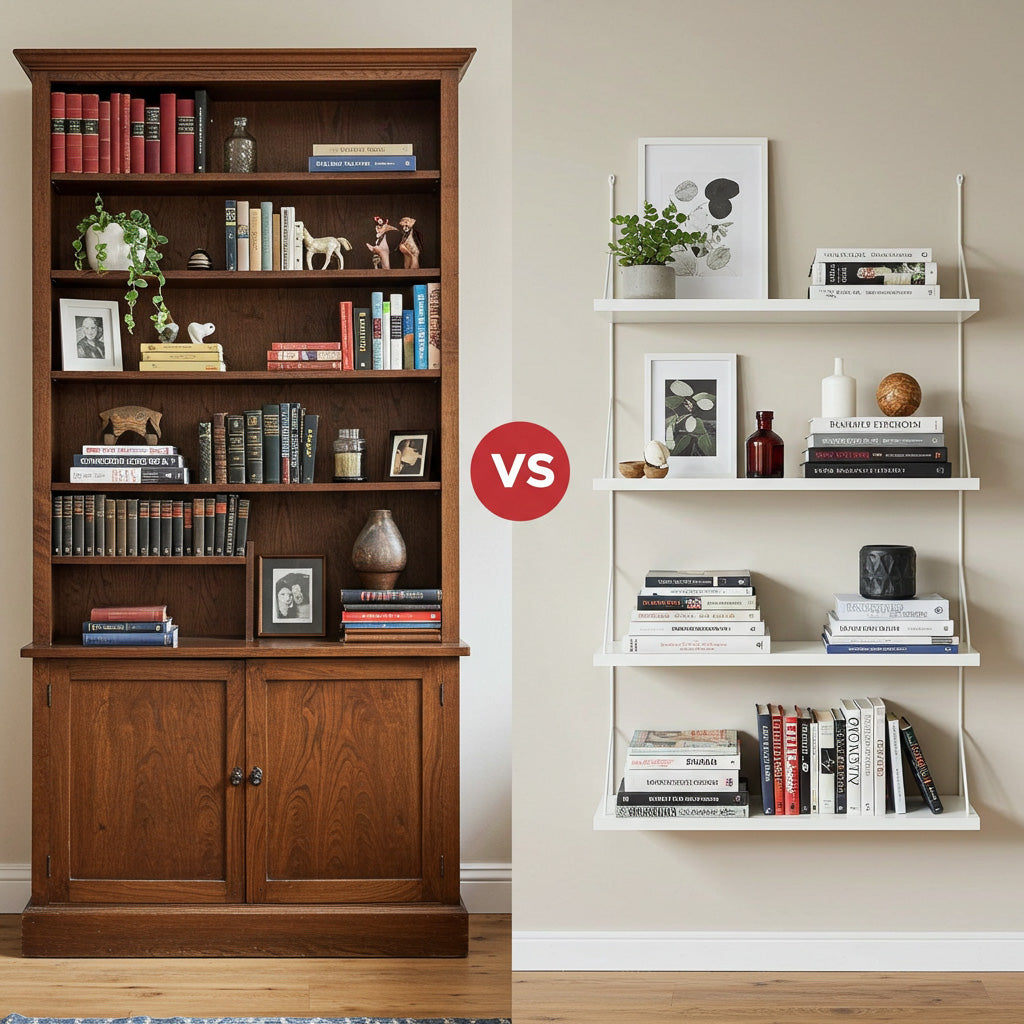
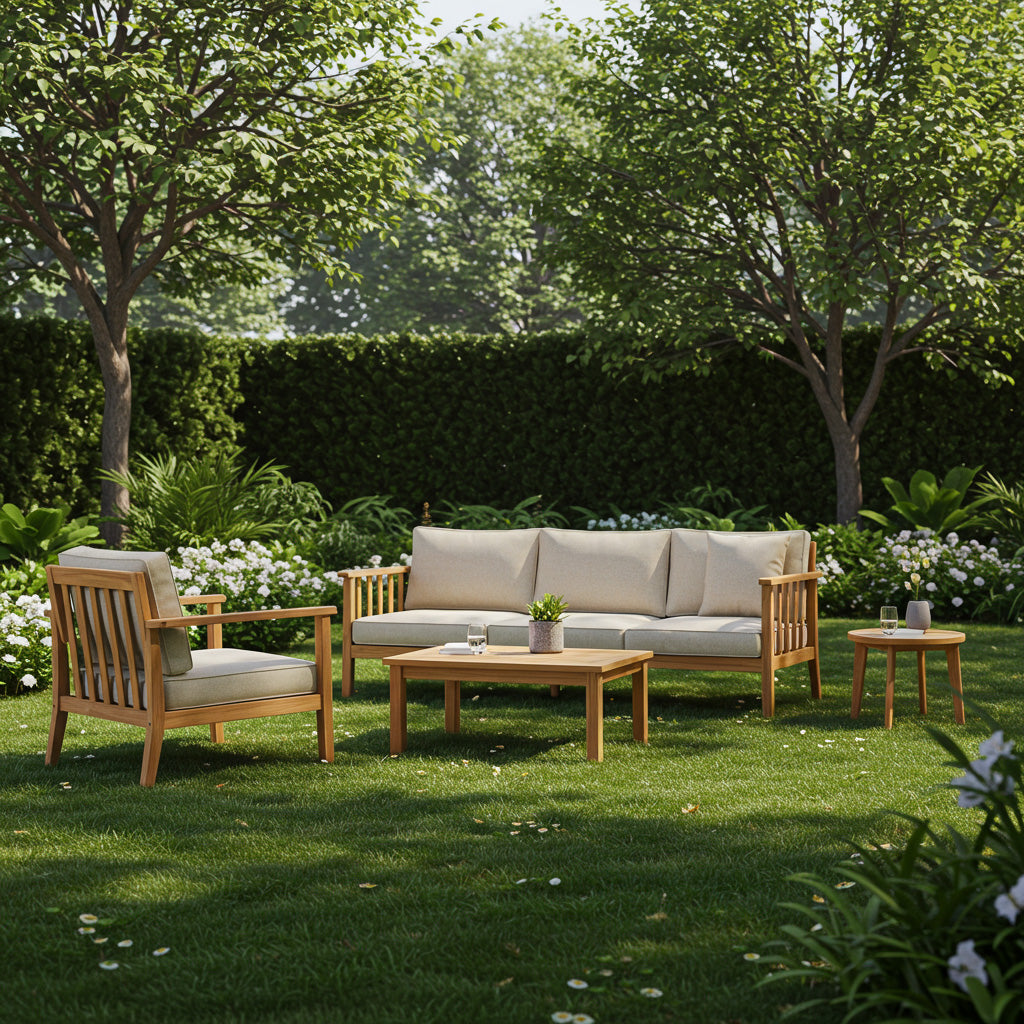
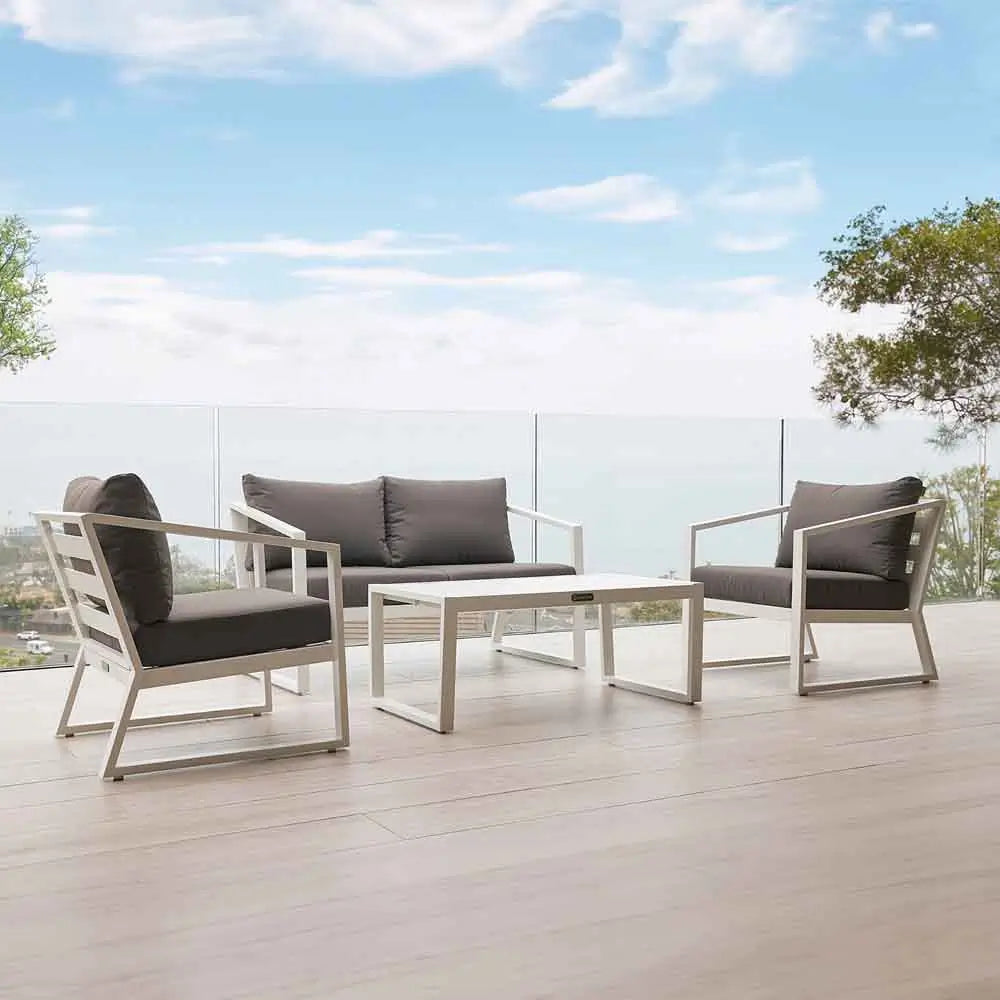
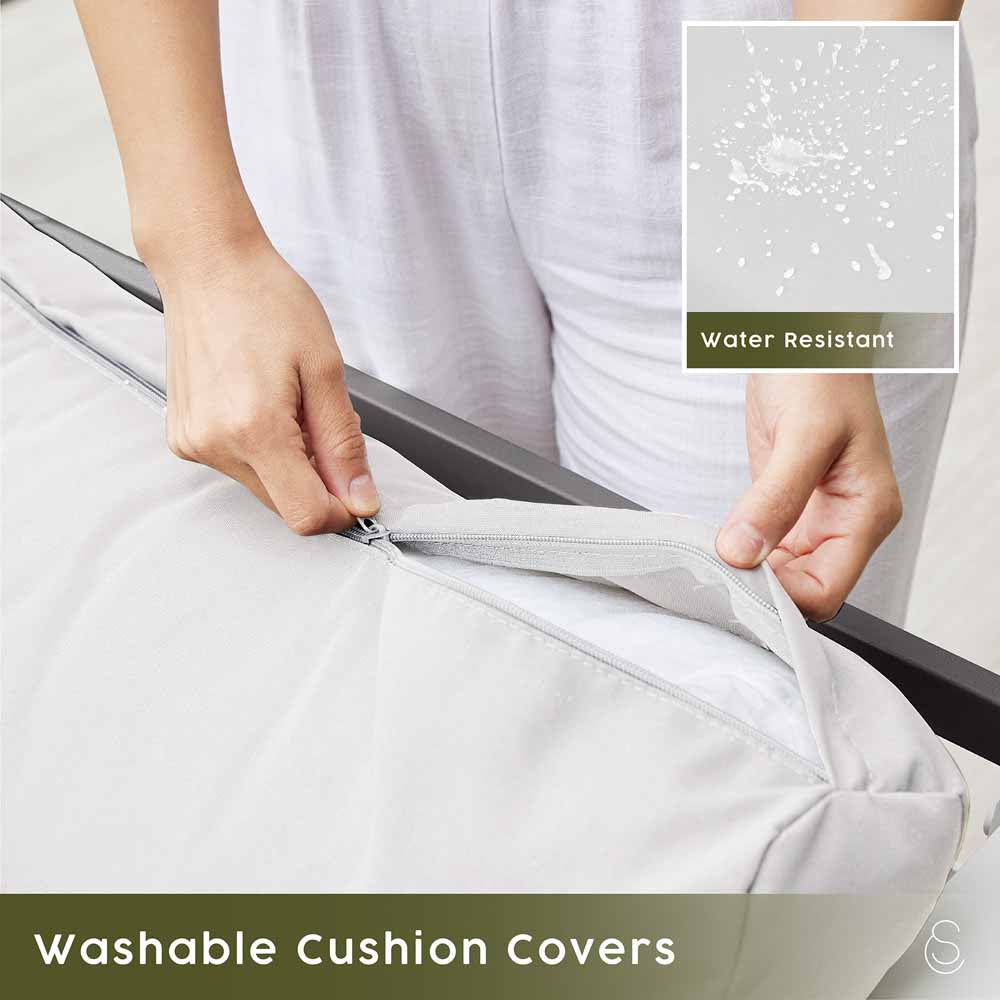
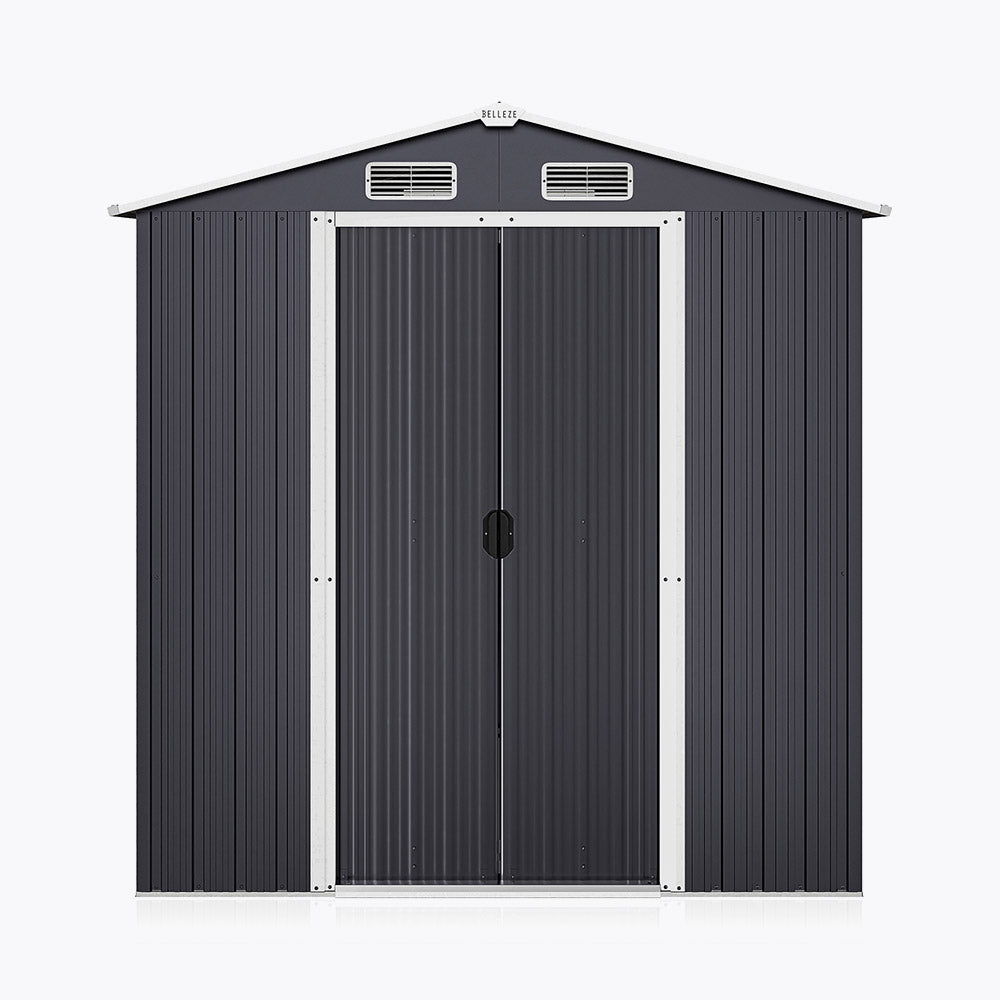
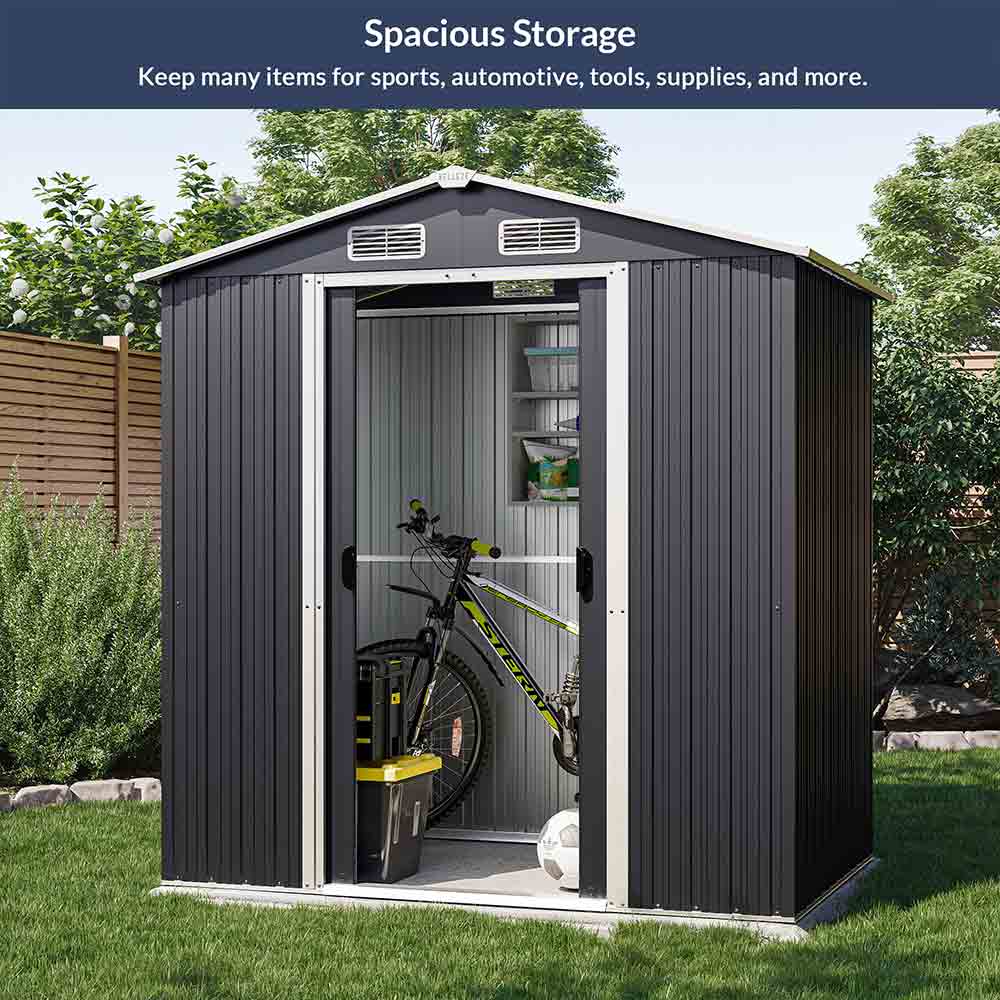
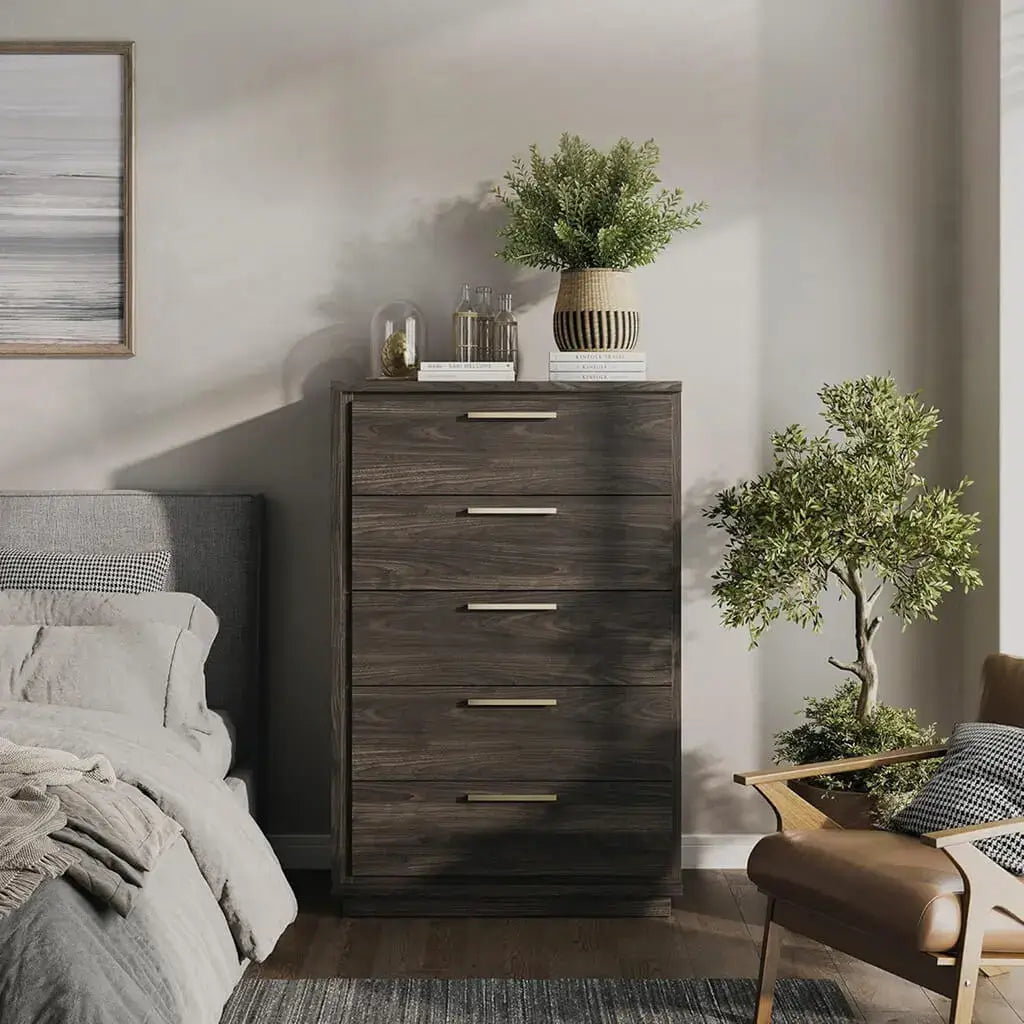
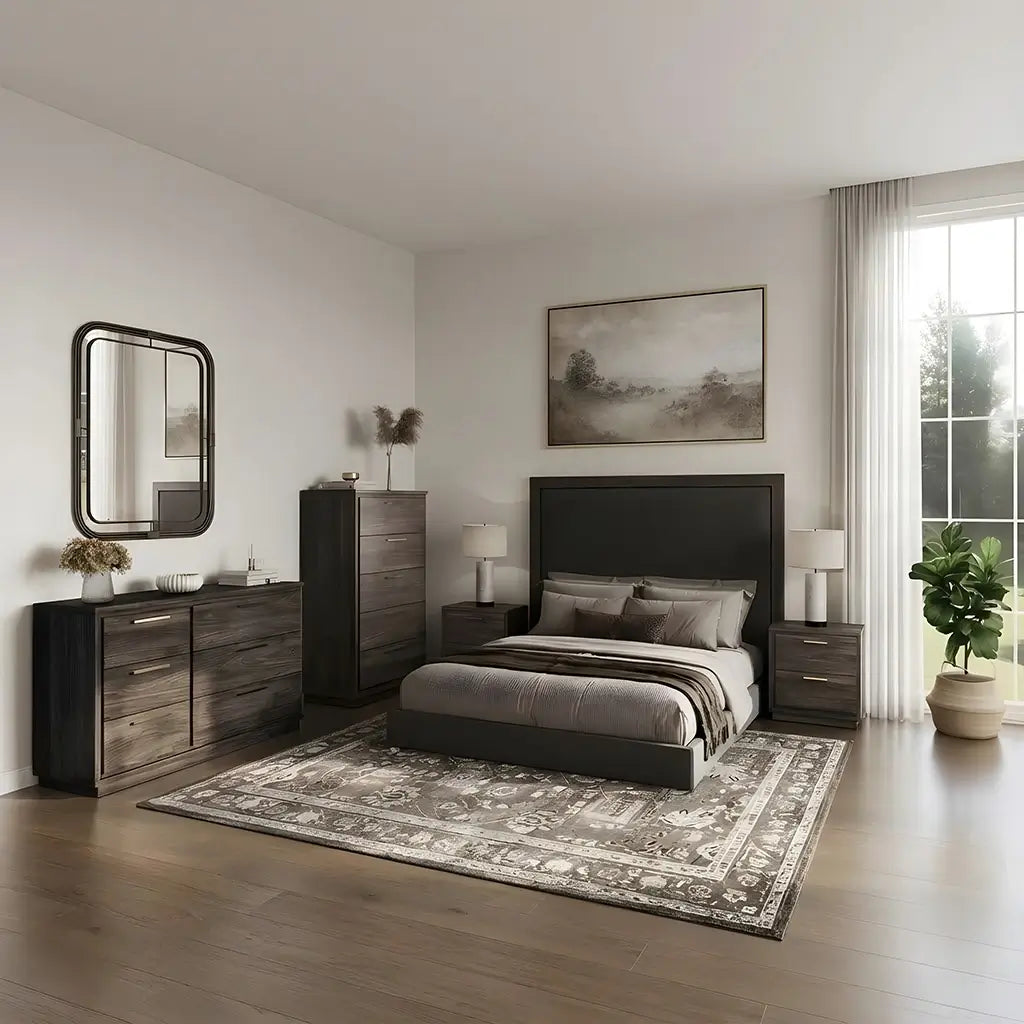

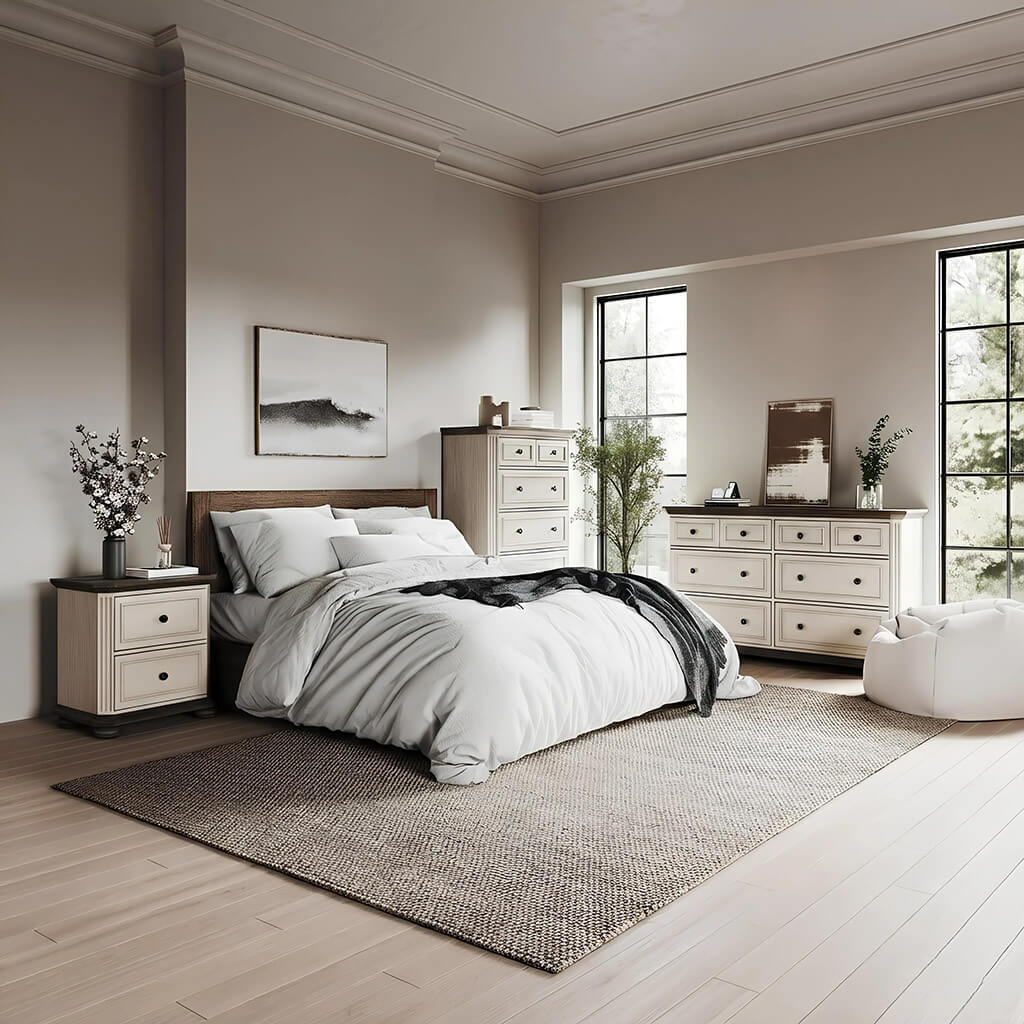
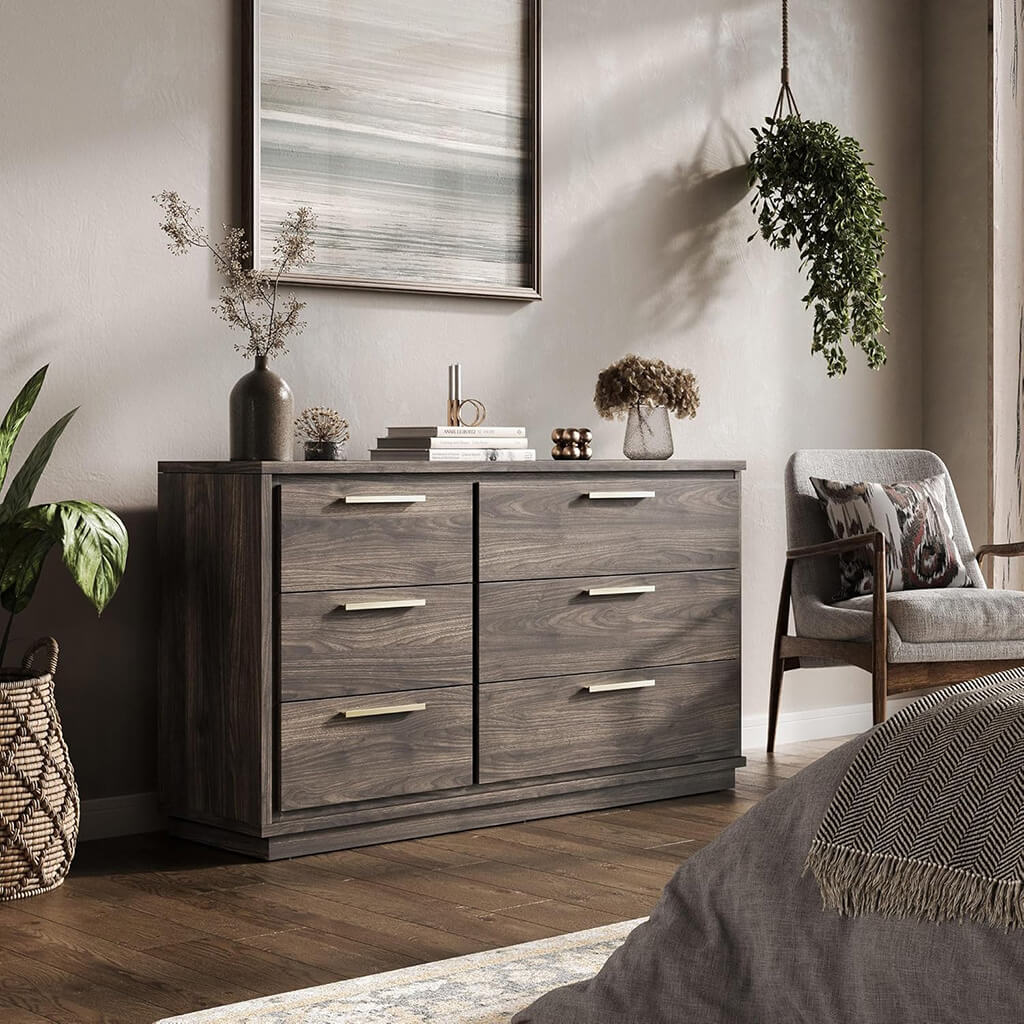
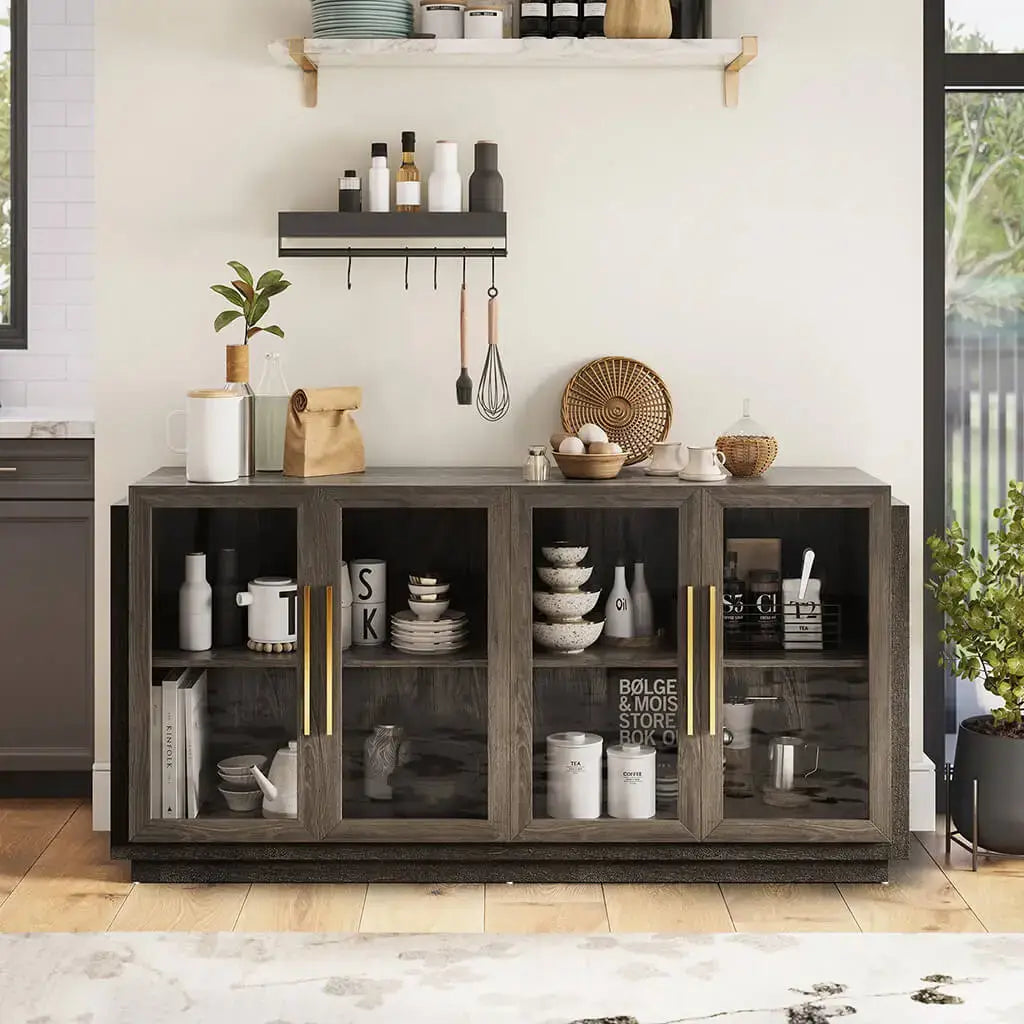
Leave a comment
This site is protected by hCaptcha and the hCaptcha Privacy Policy and Terms of Service apply.